Performing Arts: Dance

Mia Arbatova
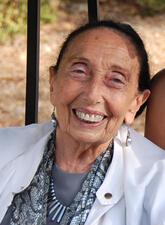
Yehudit Arnon
After surviving the Holocaust and immigrating to Palestine, Yehudit Arnon played an influential role in shaping modern dance in Israel. In 1948 Arnon and her husband helped to smuggle more than 100 orphaned children to Palestine and settled in Kibbutz Ga'aton, where she founded the Kibbutz Contemporary Dance Company.
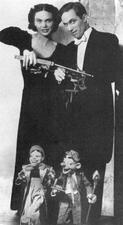
Cora Baird
In a reverse of the usual sequence of events, Cora Eisenberg Baird started playing with dolls when she grew up and married puppeteer Bil Baird. They performed at the 1939 and 1940 World’s Fairs and in the 1941 Ziegfeld Follies. They created educational and public service films and founded the American Puppet Arts Council.
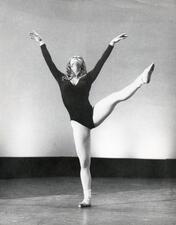
Cecilia Baram
Cecilia Baram is one of the few Jewish women who became a professional dancer in Mexico between the 1950s and the 1980s. She lives in Mexico City, where she had a brilliant career in nationalist modern dance performing with government-sponsored companies, as well in contemporary dance performing with independent companies.
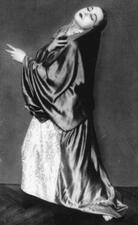
Tatjana Barbakoff
The daughter of a Chinese mother and a Russian Jewish father, Tatjana Barbakoff used her mixed heritage as inspiration for stunning and innovative dance performances. Her expressive technique entranced critics, while her costumes inspired dozens of painters and sculptors to capture her likeness. In 1944, she was killed in Auschwitz.
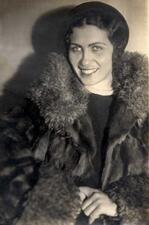
Shulamit Bat-Dori
Shulamit Bat-Dori defied notions about the inappropriateness of theater in the kibbutz, creating popular and acclaimed plays for the masses. Bat-Dori joined Ha-Shomer ha-Za’ir and made Aliyah in 1923, bringing her passion for theater, dance, music, and languages to Kibbutz B (later Mishmar ha-Emek). She wrote plays and founded the Kibbutz theater.
Leah Bergstein
Leah Bergstein was the first of the choreographers in Palestine who, at the beginning of the 1930s, created festival dances at kibbutzim that depicted life in pre-state Israel and on agricultural settlements. The unique festival pageants she created, often with poet-composer Mattityahu Shelem, contributed to the development of rural Israeli festivals and holiday celebrations and the creation of the first Israeli dances.
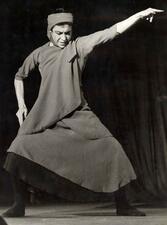
Deborah Bertonoff
From her debut at age nine through her performances in her late seventies and teaching into her late eighties, Deborah Bertonoff made dance her life’s work. Bertonoff began studying at the Bolshoi School before moving to Israel and joining the Habimah Theater. After studying dance in Europe she began choreographing, and in 1944 she founded a dance studio. She was honored with the 1991 Israel Prize.

Gertrud Bodenwieser
A member of the first generation of modern dancers in Vienna, Gertrud Bodenwieser developed her own style of modern Ausdruckstanz (expressionist dance). From her studio in Vienna, she established the Bodenwieser Dance Group and went on to tour Europe, Japan, and Columbia. In 1938, she immigrated to Australia and played a significant role in the development of modern dance there.

Susan Braun
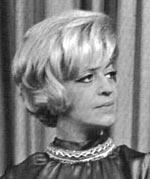
Brazil, Contemporary
Brazil is home to the second largest Jewish community in South America. Jewish women played important roles in the absorption of Jewish immigrants from Europe, the Middle East, and North Africa, and also made important contributions to Brazilian intellectual and artistic life.
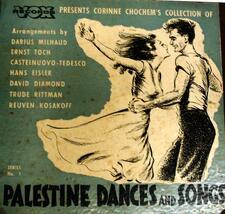
Corinne Chochem
Best remembered for her contribution to Jewish cultural life and for her unique ability to inspire those around her, Corinne Chochem had a distinct impact on Hebrew folk dance, both in her teaching and her two books, Palestine Dances (1941) and Jewish Holiday Dances (1948).

Selma Jeanne Cohen
It was Selma Jeanne Cohen’s mission in life to make dance scholarship a respected field, taking its place with the study of the other arts both in society and, particularly, the university. As a writer, editor, and teacher, she was a leader in transforming dance history, aesthetics, and criticism into respected disciplines. Cohen founded the Society of Dance History Scholars and received the first Dance Magazine Award ever given to a dance historian.

Yardena Cohen
Incorporating biblical themes and Sephardic music into her dances, Yardena Cohen helped create a uniquely Israeli artistic culture. Cohen opened her Haifa dance studio in 1933 and maintained it for some seventy years, stressing creative dance. She continued to teach well into her nineties and in 2010 was awarded the Israel Prize for Lifetime Achievement.
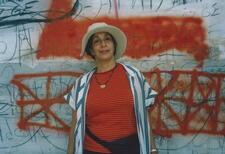
Ze'eva Cohen
Ze’eva Cohen is a Yemenite-Israeli-American dancer and choreographer who redefined what it means to be a Jewish performer. She was a leader in the world of postmodern dance in New York between the 1960s and 1990s, a founding member of Dance Theater Workshop, and founding director of the dance program at Princeton University. She choreographed for companies all over the world, performed in the work of countless contemporary choreographers, published articles in English and Hebrew, and influenced generations of dance students.
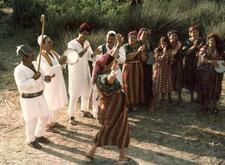
Community Dance Practices in the Yishuv and Israel: 1900-2000
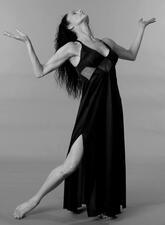
Dance in Mexico
Jewish women in Mexico have undertaken numerous activities in dance. They have made inroads in amateur and professional spaces within and outside their community and made contributions to the performance, creation, education, promotion, and research of several forms of dance and body techniques, all of which often involved breaking through barriers imposed by their communities.

Dance in the Yishuv and Israel
Artists began to try to create a new Hebrew dance in the 1920s. Israeli Expressionist Dance flourished first, followed by American modern dance. Israeli dance became professionalized and centralized, and over the past few decades, efforts to promote local creativity accelerated, ethnic dance companies have flourished, and choreographers have taken increasingly political stances.
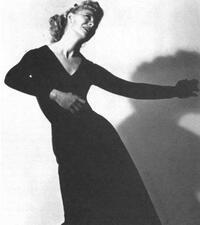
Modern Dance Performance in the United States
Jewish immigrants to the New World brought with them their ritual and celebratory Jewish dances, but these traditional forms of Jewish dance waned in the United States. Working-class and poor Jewish immigrants parents sought out culture and education in the arts for their children, often as a vehicle for assimilation. Jewish women were particularly attracted to the field of modern dance.
Katya Delakova
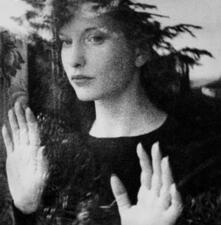
Maya Deren
Maya Deren pursued an ambitious career as a writer, publishing poetry, essays, and newspaper articles. She was also one of the most important avant-garde filmmakers of her time for her use of experimental editing techniques and her fascination with ecstatic religious dances. In 1946 she used a Guggenheim Fellowship to photograph Haitian dance.
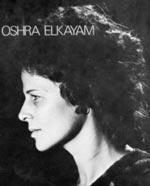
Oshra Elkayam-Ronen
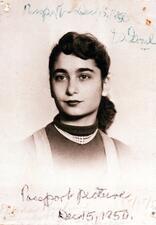
Ellida Geyra
Ellida Geyra was Israel’s first woman film director. She was a choreographer, dancer, and cultural figure best known for the groundbreaking feature Before Tomorrow (1969). Geyra challenged the hegemonic view in Israeli cinema and depicted woman’s passion as a political event
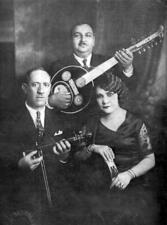
Rosa Eskenazi
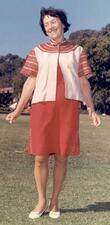
Folk Dance, Israeli
Folk dances in Israel are a staple of the national and cultural consciousness and were largely created and performed by women. The halutzim's festival pageants, combined with dance traditions brought to Israel from the Diaspora, led to the creation of many beautiful folk dances. Today there are over three thousand Israeli folk dances.


